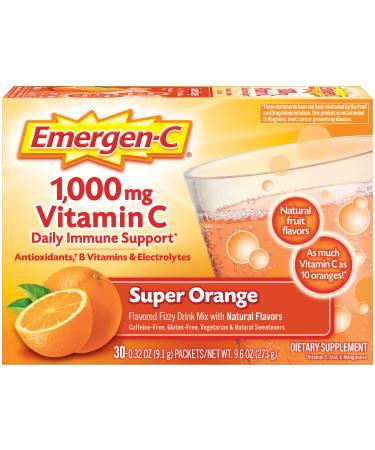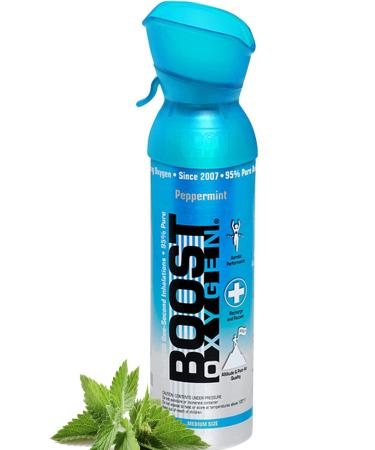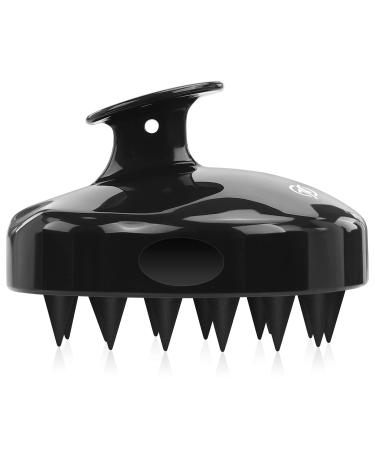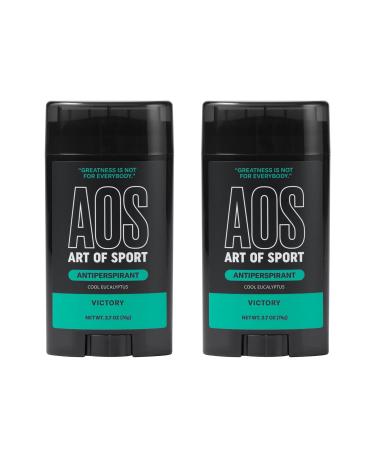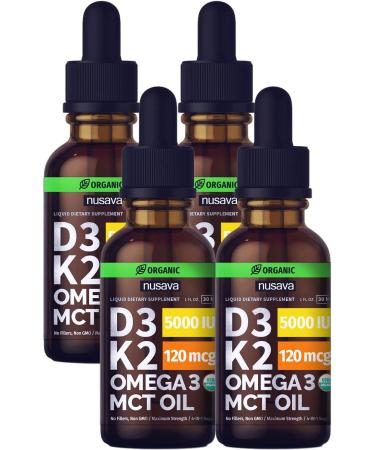Enhanced Krill + Omega 3's with Superba is a unique dietary supplement that combines authentic Antarctic krill oil complex with high-potency fish omega-3 fatty acids. The superior bioactivity of krill phospholipids carrying omega-3 DHA (DocosaHexaenoic Acid) and EPA (EicosaPentaenoic Acid) along with astaxanthin is augmented by DHA and EPA from fish. These are vital lipid nutrients, preformed and integral building blocks for the cell membranes that manage life's most important processes.1 The high potency and proven clinical benefits of these nutrients make this supplement a must addition to a personalized health program.
Benefits:
Antarctic Krill (Euphausia superba) are shrimp-like creatures that thrive in frigid seas. Their ample content of DHA and EPA, both of which are highly fluid molecules, keeps their cells fluid at temperatures far below freezing, allowing them to survive, feed and reproduce. DHA and EPA are similarly important to cold-water fish. In 2004 the U.S. Food and Drug Administration (FDA) granted a qualified health claim, that supportive but not conclusive research shows that consumption of DHA and EPA omega-3 fatty acids may reduce the risk of coronary heart disease.2 Enhanced Krill + Omega 3's with Superba combines the attributes of these premier omega-3 dietary sources. DHA is practically a vitamin, since the body is extremely limited at making it from precursor nutrients.4 EPA likely contributes to the overall benefits of omega-3s in the body, but does not substitute for DHA.
DHA Is Essential for Healthy Brain, Eye and Heart Development.*
Beginning in the womb and continuing through life, DHA is essential to healthy organ functions. Its importance for prenatal brain, eye and heart development is well documented.5-7 Human breast milk is naturally enriched in DHA, and in the U.S. it has been added to infant feeding formulas since 2002.5 Infants with higher levels of DHA intake tend to have better visual acuity and to be better behaved, more attentive, and display better motor development in childhood than those with lower intakes.5-7
DHA is virtually the only omega-3 fatty acid present in the human brain, and its levels in the brain rise from birth through to about age 20 years.5 DHA and EPA status of adults is positively associated with maintenance of a healthy mood, as concluded from extensive data analysis by the American Psychiatric Association.8 Two clinical trials found DHA can benefit memory in healthy individuals aged older than 55 years.9,10
Numerous Benefits for the Heart and Circulation.*
That DHA and EPA support the heart and circulation is clearly evident from numerous human population studies, clinical trials, and laboratory experiments.2,3,11 This compelling body of evidence persuaded the American Heart Association (AHA) to join other professional healthcare organizations worldwide to recommend daily consumption of DHA and EPA for cardiovascular wellbeing.11
The likely cardiovascular actions of DHA and EPA include support for healthy heart rhythm maintenance;8 support for healthy platelet function;12 and support for healthy blood vessel wall function.11 DHA and EPA can be accurately measured in cell membranes (red blood cells), as their relative percentage compared to the other fatty acids in the membrane, and this is called the omega-3 index. Individuals who score well on this index may have superior cardiovascular health.13
Clinical Benefits for Other Organs.
A 2007 meta-analysis of 17 clinical trials concluded that DHA and EPA can promote joint motility and comfort.14 In the digestive system DHA and EPA support cellular upkeep and repair, helping to maintain optimal immune system activity.15 From the published human and animal studies it is evident that dietary supplementation with DHA and EPA likely benefits every organ system. Their diverse cell membrane effects could explain much of their clinical benefits.1
The Multiple Action Mechanisms of DHA and EPA.
Every cell has a membrane system that performs the vast majority of its functions.1 These are thin, interconnecting molecular sheets that define the cell's outer border and extend into the cell interior. The membrane's foundation or matrix consists mostly of phospholipids with a variety of fatty acids attached, including but not limited to DHA and EPA. Numerous catalytic proteins are inserted into this matrix and must have some freedom of movement, which requi
es the matrix be semi-fluid.
DHA and EPA are highly fluid molecules that extend from the outer zone of the membrane deep into the membrane's core.1 This creates a semi-fluid zone in the membrane that allows freedom of movement for the numerous membrane proteins, coenzyme Q10, and other molecules to function.
Besides their direct fluidizing effects, the molecular shapes and other biochemical characteristics of DHA and EPA create other chemical and physical conditions in the membrane that facilitate efficient membrane performance. Also, specific enzymes can break down membrane DHA and EPA molecules to produce smaller molecules ("docosanoids," "eicosanoids"). These then diffuse out of the membrane into the surrounding tissue or the bloodstream, acting to regulate a large variety of important body functions.16
An exciting new field of nutritional research is "nutrigenomics," which studies the influences of nutrients on gene expression. DHA and EPA positively influence gene expression in many different cells, and by regulating genes linked to cell cycle control they may help to maintain healthy cellular life cycles.17
Krill Oil's Vital Lipids Have Diverse Benefits.
Krill oil takes fish oil to another level. In authentic Antarctic krill oil, most of the DHA and EPA is linked into larger, phospholipid molecules (pronounced (fos-fo-lip-ids).1 Phospholipids are universal nutrient building blocks for cell membranes, and they have molecular "self-emulsifying" characteristics that make them highly absorbable after oral consumption. They also can efficiently deliver DHA to the brain.18 This diverse array of vital lipids readily targets cell membranes, and this is likely the key to krill oil's superior benefits in clinical trials.
Highly Effective for Women During Premenstruation.*
In a large proportion of women, premenstrual problems affect life quality by negatively affecting mood and other mental states and by generating other discomforts associated with menstruation. In a double blind trial, krill oil was assessed for relief of 10 well recognized premenstrual complaints.19 Women of childbearing age consumed 2 grams of krill oil daily for the first month. Then over the following 2 months they took krill oil for just eight days prior to menstruation and another 2 days subsequent.
After the first 45 days the women reported significant support for all premenstrual complaints, including irritability, melancholia, stress, 'feelings of being overwhelmed', breast tenderness, weight gain, swelling, and bloating.19
Potent Support for Blood Lipid Maintenance.*
Maintaining healthy blood lipid is important not only for cardiovascular health,20 but also for maintaining memory with age.21 In another clinical trial,22 subjects received krill oil, in daily dosages ranging from 1-3 grams per day, tailored to body mass index (BMI); the trial went for 90 days. Krill oil significantly elevated HDL cholesterol, at dosages of 1 gram and higher per day. These dosages additionally promoted maintenance of healthy fasting blood glucose. Krill oil also significantly lowered triglycerides, at dosages of 2 and 3 grams per day.22
Support for Joint Health.*
In a double blind trial, subjects were randomized to receive either krill oil (300 mg per day) or a placebo.23 They were assessed at baseline, then after 7, 14 and 30 days. Already at day 7, krill oil significantly promoted joint comfort, motility, and functional capacity. By day 30, the positive results were even more pronounced, versus no improvement in the placebo group.
Enhanced Krill + Omega 3's with Superba, A Dietary Supplement Breakthrough.
The vital lipid nutrients in this dietary supplement are unique for targeting the cell membranes that carry out most of the important processes we know as life. Membranes manage our cells, and our cells manage our life.1 It seems we are only as healthy as our membranes. But the health significance of this dietary supplement goes further.
There is considerable evidence that metabolic efficiency at the cell level hinges on adequate cell membrane omega-3 content.24 In this ultrapotent dietary supplement, DHA and EPA from fish augment krill phospholipid DHA and EPA to deliver a range of dosing which the evidence suggests is close to optimal for the support of human brain, cardiovascular and joint health.9,10,11,25
Enhanced Krill + Omega 3's with Superba is free of environmental contaminants and eclipses standard fish oil preparations. This is a state of the art supplement, remarkable not just as an omega-3 source but for its unique spectrum of vital lipid nutrients with proven potential to optimize the brain,5,8,9.10,19 heart and circulation,7,11,13 immune system,14,15,16,17,23 joints,14,23 liver,26 and consequently whole-body health and wellbeing.
Scientific References:
1. Alberts B, Johnson A, Lewis J, others. Molecular Biology of the Cell (Fourth Edition). New York: Garland Science; 2002.
2. U.S. Food and Drug Administration. Center for Food Safety and Applied Nutrition. Office of Nutritional Products and Dietary Supplements. Letter responding to health claim petition dated June 23, 2003 (Wellness petition): Omega-3 fatty acids and reduced risk of coronary heart disease. 2004; Docket No 2003Q-0401.
3. Brownawell AM, Harris WS, Hibbeln JR, others. Nutr Rev 2009;67:391-397.
4. Plourde M, Cunane S. Appl Physiol Nutr Metab 2007;32:619-634.
5. McNamara R, Carlson S. Prostagl Leukotr Ess Fatty Acids 2006;75:329-349.
6. Birch EE, Carlson SE, Hoffman DR, others. Am J Clin Nutr 2010;91:848-859.
7. Gustafson KM, Carlson SE, Colombo J, others. Prostagl Leukotr Ess Fatty Acids 2013 Feb 20;[Epub ahead of print].
8. Freeman M, Hibbeln J, Wisner K, others. J Clin Psychiatry 2006;67:1954-1967.
9. Yurko-Mauro K, McCarthy D, Rom D, others. Alz Dementia 2010;6:456-464.
10. Sinn N, Milte CM, Street SJ, others. Br J Nutr 2012;107:1682-1693.
11. Kris-Etherton P, Harris W, Appel L, others. Circulation 2003;106:2747-2757.
12. Guillot N, Caillet E, Laville M, others. FASEB J 2009;23:2909-2916.
13. Harris WS, Mozaffarian D, Lefevre M, others. J Nutr 2009;139:804S-819S.
14. Goldberg R, Katz J. Pain 2007;129:210-223.
15. Head K, Jurenka J. Altern Med Rev 2004;9:360-401.
16. Serhan C. Curr Opin Clin Nutr Metab Care 2005;8:115-121.
17. Wendel M, Heller AR. Anticancer Agents Med Chem 2009;9:457-470.
18. Lagarde M, Bernoud N, Brossard N, others. J Mol Neurosci 2001;16:201-204.
19. Sampalis F, Bunea R, Pelland MF, others. Altern Med Rev 2003;8:171-179.
20. Kumari U, Heese K. Open Biochem J 2010;4:29-52.
21. Raffaitin C, Gin H, Empana J-P, others. Diabetes Care 2009;32:169-174.
22. Bunea R, El Farrah K, Deutsch L. Altern Med Rev 2004;9:420-428.
23. Deutsch L. J Am Coll Nutr 2007;26:39-48.
24. Hulbert A. Lipids 2007;42:811-819.
25. Calzada C, Colas R, Guillot N, others. Atherosclerosis 2010;208:467-472.
26. Tandy S, Chung R, Wat E, others. J Agric Food Chem 2009;57:9339-9345.



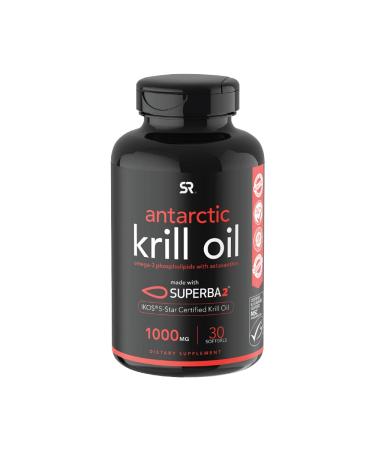
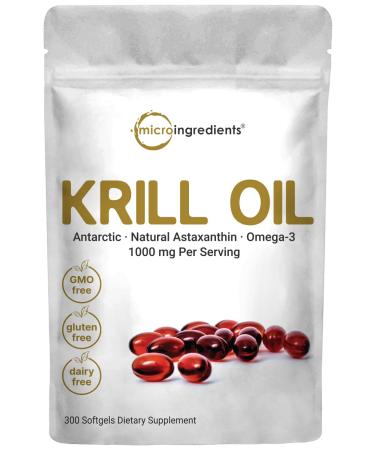


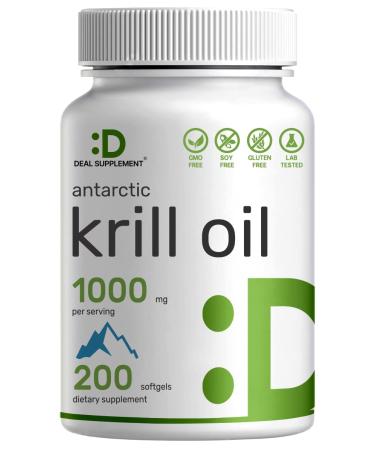



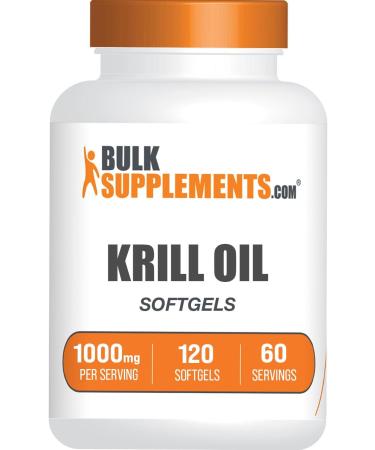

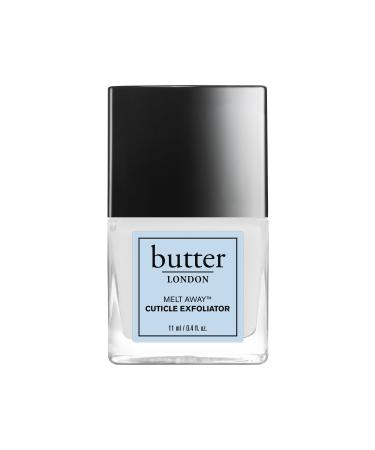
![Stewart Freeze Dried Dog Treats Made in USA [Single Ingredient Puppy and Dog Training Treats - Grain Free Natural Dog Treats] Resealable Tub to Preserve Freshness - Buy Online on GoSupps.com](https://www.gosupps.com/media/catalog/product/cache/25/small_image/375x450/9df78eab33525d08d6e5fb8d27136e95/6/1/61gwbbixarl._ac_sl1500_.jpg)
